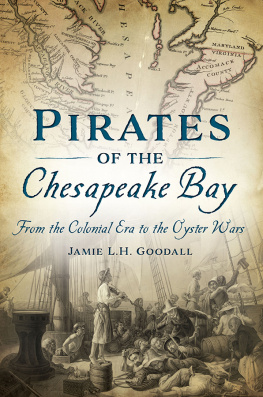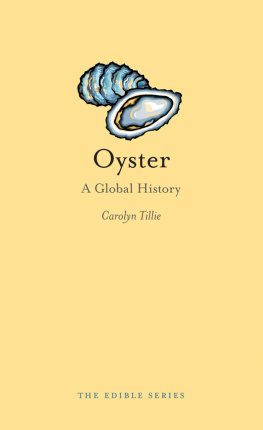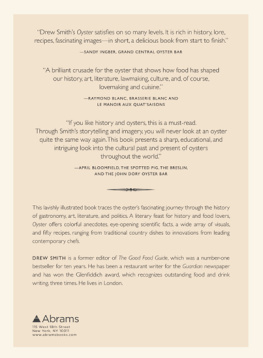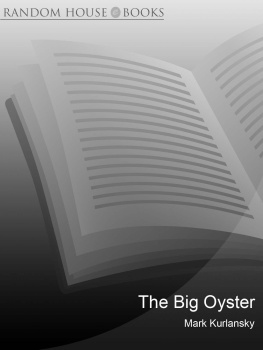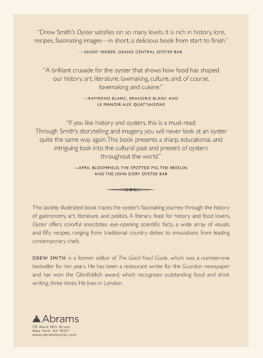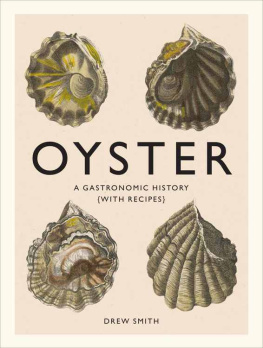

Published by The History Press
Charleston, SC
www.historypress.com
Copyright 2020 by Jamie L.H. Goodall
All rights reserved
First published 2020
e-book edition 2020
ISBN 978.1.43966.909.9
Library of Congress Control Number: 2019951907
print edition ISBN 978.1.46714.116.1
Notice: The information in this book is true and complete to the best of our knowledge. It is offered without guarantee on the part of the author or The History Press. The author and The History Press disclaim all liability in connection with the use of this book.
All rights reserved. No part of this book may be reproduced or transmitted in any form whatsoever without prior written permission from the publisher except in the case of brief quotations embodied in critical articles and reviews.
For Kyle
CONTENTS
TIMELINE OF MAJOR CONFLICTS
| (16351659) | Franco-Spanish War |
| (16391651) | Wars of the Three Kingdoms |
| (16421651) | English Civil War |
| (16521654) | First Anglo-Dutch War |
| (16541660) | Anglo-Spanish War |
| (16651667) | Second Anglo-Dutch War |
| (16721678) | Franco-Dutch War |
| (16721674) | Third Anglo-Dutch War |
| (16881689) | Glorious Revolution |
| (16881697) | Nine Years War |
| (17011714) | War of Spanish Succession |
| (17271729) | Anglo-Spanish War |
| (17541763) | French and Indian War or Seven Years War |
| (17751783) | American Revolution |
| (17781783) | Anglo-French War |
| (17791783) | Anglo-Spanish War |
| (17801784) | Fourth Anglo-Dutch War |
| (17981800) | Quasi War |
| (18011805) | First Barbary War |
| (18031815) | Napoleonic Wars |
| (18121815) | War of 1812 |
| (1815) | Second Barbary War |
| (18611865) | American Civil War |
| (18651959) | Chesapeake Oyster Wars |
ACKNOWLEDGEMENTS
First, Id like to thank my editor, Kate Jenkins, and the team at Arcadia Publishing and The History Press for picking this project up. Kates constant support and the teams utmost professionalism and expertise made writing this book a wonderful experience. I would also like to thank Stevenson University, the universitys library staff and Diane Payne with the Office of Sponsored Programs and Research (OSPR) for their financial and professional support in this endeavor. This project would have been much more difficult to complete without the assistance of the OSPRs writing retreats.
Id also like to extend my gratitude to my dearest colleagues, Dr. Amanda Licastro and Dr. Kerry Spencer. Their tireless faith in me, their uplifting messages when I felt like I couldnt power through and their generous offers to read any and everything I had written were critical in the completion of this book. As was the feedback I received on the framework of the book from Herb Childress. I also sincerely appreciate the focused writing time and support of my writing group colleagues Amanda, Kerry, Mauyaugust Finkenburg and Aaron Chandler.
I would also like to say thank you to the Library of Congress and the Metropolitan Museum of Art for their outstanding open access work that made the inclusion of the beautiful images within these pages possible. A debt of gratitude is also owed to the scholars whose fantastic work on the various aspects of the Chesapeake aided me in my research efforts. I want to extend special thanks to my department chair, Glenn Johnston, for setting me up with an important newspaper repository when I thought all hope was lost and to my research assistants Mina Altman and Jessica Miller for their endeavors in easing some of my own research burdens.
Lastly, and perhaps most importantly, a simple thank-you cannot express the gratitude I hold for my husband, Kyle. He was the cheerleader in my corner and did whatever he could with his hectic schedule to ensure that I had everything I needed every time I sat down to write. Without him and our precious pups, Thomas Jefferson and John Tyler, I wouldnt be where I am today.
INTRODUCTION
Born to a family of middling means in Kent, William Claiborne wanted a life and legacy grander than those of his predecessors. Although his father and grandfather seized odd investment opportunities in shipping and small industrial enterprises, neither ever exceeded the position of local alderman and lord mayor in Kings Lynn, Norfolk. So, when he was offered the chance to leave Kings Lynn and venture to Virginia as a land surveyor in 1621, Claiborne took it without hesitation. As a colonial official in Virginia, Claiborne wasted no time in taking advantage of his lucrative position. His office granted an annual salary of 30 (plus fees) and an immediate land grant of two hundred acres. In the first few years, Claiborne managed to secure three additional land grants from the colonys council, totaling nine hundred acres, and his salary was doubled on a retroactive basis. Eventually, Claiborne was able to work his way from surveyor to councilor and ultimately became the colonys secretary of state.
Despite Claibornes success, his ambitions werent satisfied. In April 1627, Claiborne was granted a commission from Sir George Yeardley, governor and captain general of Virginia, which granted him full authority to discover the remaining divers [sic] places and parts of this kingdom of Virginia altogether unknown. Claiborne was tasked with sailing into any [of] the rivers, creeks, ports and havens within the Bay of Chesapeake and establishing trade relations with local indigenous populations, particularly those in the fur trade. Claiborne chose to center his operations on Kent Island with the goal of provisioning and trading along the coast between Virginia and Nova Scotia, easily securing funding from London merchants like William Cloberry.
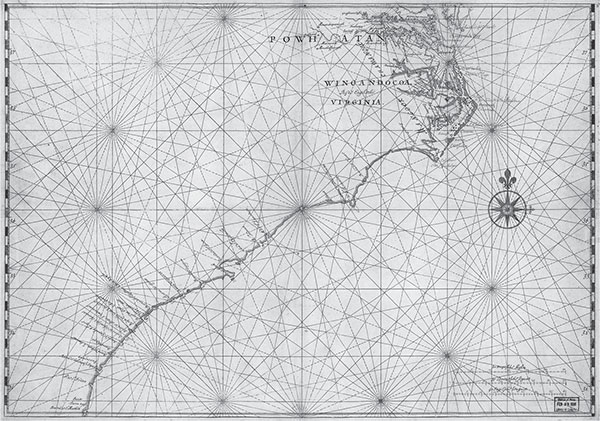
Map of the Atlantic coast of North America, from the Chesapeake Bay to Florida, 1639. Courtesy of the Library of Congress Geography and Map Division.
What should have been a simple and profitable scheme was anything but. While seeking funding in London, Claiborne learned that George Calvert, First Baron Baltimore, was using his influence to stake out a Catholic colony just north of Virginia. Claiborne kept to his plan, bringing one hundred men to Kent Island and building, planting and settling for the entirety of 1631 until the island was officially represented in the Virginia Assembly. Yet Calvert prevailed in his own venture. Although George Calvert died in April 1632, he had convinced King Charles I to grant the Calvert family a charter to settle thirty-eight to forty degrees of land unplanted. Ownership of the property was assumed by Calverts son Cecilius, Second Lord Baltimore, later that summer. To Claibornes dismay, this new charter technically placed Kent Islandland and cattle that was valued over 7,000under the control of Maryland and the Calvert family. A series of territorial debates and maritime conflicts ensued, with Claiborne at the helm.
In 1635, an agent of Claibornes named Thomas Smith seized a pinnace near Palmers Island as it headed to the colony of Maryland. To Claiborne,
Next page
